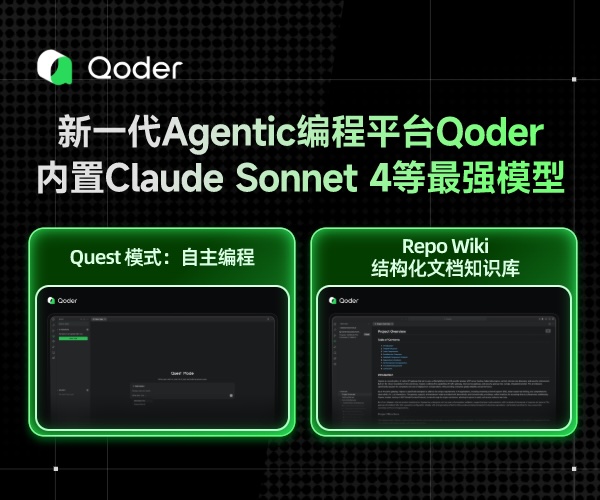前端代码安全防护完整指南
随着前端应用复杂度不断提升,保护JavaScript源代码和核心业务逻辑变得越来越重要。本文将介绍多种前端代码安全防护策略,构建多层次的安全防护体系。
🔒 前端安全威胁分析
常见安全风险
- 源代码泄露:核心算法和业务逻辑暴露
- API接口滥用:恶意调用后端接口
- 数据爬取:自动化工具批量获取数据
- 逆向工程:分析代码逻辑进行攻击
🛡️ 多层防护策略
1. 代码混淆保护
JavaScript代码混淆是最基础也是最重要的防护手段。通过变量重命名、控制流平展、字符串加密等技术,让代码难以阅读和分析。
详细的混淆配置和使用方法请参考:
浏览器中使用obfuscator混淆js完整教程
2. 反调试技术
// 检测开发者工具
function detectDevTools() {
const threshold = 160;
setInterval(() => {
if (window.outerHeight - window.innerHeight > threshold ||
window.outerWidth - window.innerWidth > threshold) {
// 检测到开发者工具打开
document.body.innerHTML = '检测到调试工具,页面已停止运行';
}
}, 500);
}
// 禁用右键菜单
document.addEventListener('contextmenu', e => e.preventDefault());
// 禁用F12等快捷键
document.addEventListener('keydown', e => {
if (e.key === 'F12' ||
(e.ctrlKey && e.shiftKey && e.key === 'I') ||
(e.ctrlKey && e.shiftKey && e.key === 'C')) {
e.preventDefault();
}
});
3. 域名锁定和环境检测
// 域名白名单检查
function checkDomain() {
const allowedDomains = ['yourdomain.com', 'www.yourdomain.com'];
const currentDomain = window.location.hostname;
if (!allowedDomains.includes(currentDomain)) {
window.location.href = 'https://yourdomain.com';
}
}
// 检测运行环境
function detectEnvironment() {
// 检测是否在iframe中运行
if (window.self !== window.top) {
throw new Error('不允许在iframe中运行');
}
// 检测User-Agent
const ua = navigator.userAgent;
if (ua.includes('HeadlessChrome') || ua.includes('PhantomJS')) {
throw new Error('检测到自动化工具');
}
}
4. API接口保护
// 请求签名验证
function generateSignature(params, timestamp, nonce) {
const sortedParams = Object.keys(params)
.sort()
.map(key => `${key}=${params[key]}`)
.join('&');
const signString = `${sortedParams}×tamp=${timestamp}&nonce=${nonce}`;
return CryptoJS.SHA256(signString + SECRET_KEY).toString();
}
// 请求频率限制
class RateLimiter {
constructor(maxRequests = 100, timeWindow = 60000) {
this.requests = [];
this.maxRequests = maxRequests;
this.timeWindow = timeWindow;
}
canMakeRequest() {
const now = Date.now();
this.requests = this.requests.filter(time => now - time < this.timeWindow);
if (this.requests.length >= this.maxRequests) {
return false;
}
this.requests.push(now);
return true;
}
}
5. 资源完整性校验
<!-- 使用SRI确保资源完整性 -->
<script src="app.js"
integrity="sha384-oqVuAfXRKap7fdgcCY5uykM6+R9GqQ8K/uxy9rx7HNQlGYl1kPzQho1wx4JwY8wC"
crossorigin="anonymous"></script>
<!-- CSP内容安全策略 -->
<meta http-equiv="Content-Security-Policy"
content="default-src 'self'; script-src 'self' 'unsafe-inline';">
🔧 构建时安全配置
Webpack配置示例
const JavaScriptObfuscator = require('webpack-obfuscator');
module.exports = {
// 生产环境配置
mode: 'production',
plugins: [
// 代码混淆插件
new JavaScriptObfuscator({
rotateStringArray: true,
stringArray: true,
stringArrayThreshold: 0.8,
transformObjectKeys: true,
unicodeEscapeSequence: false
}, ['excluded_bundle.js'])
],
optimization: {
// 移除console语句
minimizer: [
new TerserPlugin({
terserOptions: {
compress: {
drop_console: true,
drop_debugger: true
}
}
})
]
}
};
⚠️ 安全防护注意事项
- 性能影响:过度的安全措施会影响用户体验
- 兼容性:确保防护代码在目标浏览器中正常工作
- 维护成本:复杂的防护逻辑增加维护难度
- 用户体验:避免误杀正常用户
📊 防护效果评估
安全测试清单
🎯 最佳实践建议
- 分层防护:不要依赖单一防护手段
- 定期更新:及时更新防护策略和工具
- 监控告警:建立安全事件监控机制
- 用户教育:提高用户安全意识
总结
前端安全防护是一个持续的过程,需要根据业务特点选择合适的防护策略。通过代码混淆、反调试、环境检测等多种手段的组合使用,可以大大提高攻击者的成本,有效保护前端应用的安全。
记住:没有绝对的安全,只有相对的安全。关键是要让攻击成本远高于攻击收益。



 浙公网安备 33010602011771号
浙公网安备 33010602011771号